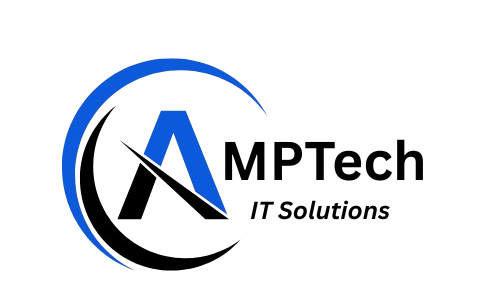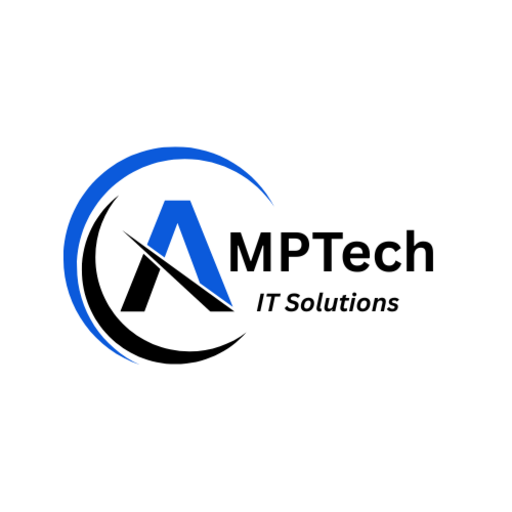In today’s data-driven world, businesses generate and consume vast amounts of information daily. Data is essential to modern businesses, from financial records and consumer information to operational indicators and personnel information. But with this volume comes responsibility—and risk. That’s where data governance steps in.
In this blog, we break down what data governance is, why it matters, and how to implement it effectively in your organization.
What Is Data Governance?
A data governance framework is used to manage the usability, security, integrity, and availability of data. It involves defining processes, roles, policies, and standards to ensure that data is accurate, consistent, and compliant with regulations.

Why Is Data Governance So Important Today?
- Ensures Data Accuracy and Consistency
Prevents duplication, inconsistency, and outdated records.
Reliable data leads to better decision-making across departments. - Supports Regulatory Compliance
Meets requirements like GDPR, HIPAA, CCPA, and other global data privacy laws.
Helps avoid legal penalties and reputational damage. - Improves Operational Efficiency
Reduces time spent searching for, verifying, or cleaning data.
Enhances collaboration and communication across teams. - Boosts Customer Trust
Demonstrates a commitment to data privacy and transparency.
Customer interactions and brand reputation are enhanced by secure data processing. - Enables Better Analytics and Insights
High-quality data fuels more accurate predictive modeling and reporting.
Drives smarter, data-backed strategies for growth.
Core Components of a Data Governance Framework
- Data Stewardship
Assigns accountability for managing data assets across departments.
Data stewards ensure data quality, define ownership, and enforce policies. - Data Standards and Policies
Establish rules around data formats, naming conventions, access levels, and retention.
Aligns data management with organizational goals. - Data Quality Management
Regularly audits data for accuracy, completeness, and relevance.
Uses automated tools to flag and correct issues in real-time. - Metadata Management
Maintains information about the data itself—origin, usage, structure, and more.
Enables faster discovery and better context for data analysis. - Security and Access Control
Defines who can view, modify, or delete data.
Protects sensitive information from breaches and unauthorized use.
Challenges in Implementing Data Governance
- Lack of Organizational Buy-In
Executives and teams may see governance as a burden rather than a benefit.
Requires strong leadership and clear communication of value. - Data Silos
Departments may hoard data or use different formats and platforms.
Integration and standardization can be complex and time-consuming. - Technology Limitations
Legacy systems may not support modern governance tools or standards.
Upgrading infrastructure requires investment and planning. - Maintaining Governance at Scale
As organizations grow, the amount and variety of data also rises.
Scaling governance efforts must be proactive and automated where possible.
Best Practices for Effective Data Governance
- Define Clear Roles and Responsibilities
Create a data governance committee with cross-functional members.
Assign data owners, stewards, and custodians to ensure accountability. - Start Small and Scale Gradually
Pilot governance programs in a single department before expanding company-wide.
Measure impact and refine as needed. - Invest in the Right Tools
Use data cataloging, lineage tracking, and quality monitoring tools.
Seek out platforms that are simple to integrate with current systems. - Train and Educate Employees
Make data governance part of company culture.
Offer regular training sessions and clear documentation. - Monitor, Measure, and Improve
Track metrics like data accuracy rates, policy compliance, and user adoption.
Continuously update policies as business needs and regulations evolve.
Conclusion
Data governance is not only an IT job; it is a business imperative. As data becomes central to everything from customer experience to strategic planning, organizations must ensure their data is accurate, secure, and well-managed. Businesses may lower risks, increase productivity, and realize the full value of their data assets by implementing a robust governance framework right now.







Comments (2)
Obila Doe
Our infrastructure management approach is holistic, addressing capacity monitoring, data storage, network utilisation, asset lifecycles, software patching, wired and wireless networking and more.
James Weighell
A hosted desktop solution allows for the delivery of a consistent and scalable IT experience for all users in an organisation. With this solution, users gain access via a desktop icon or link.